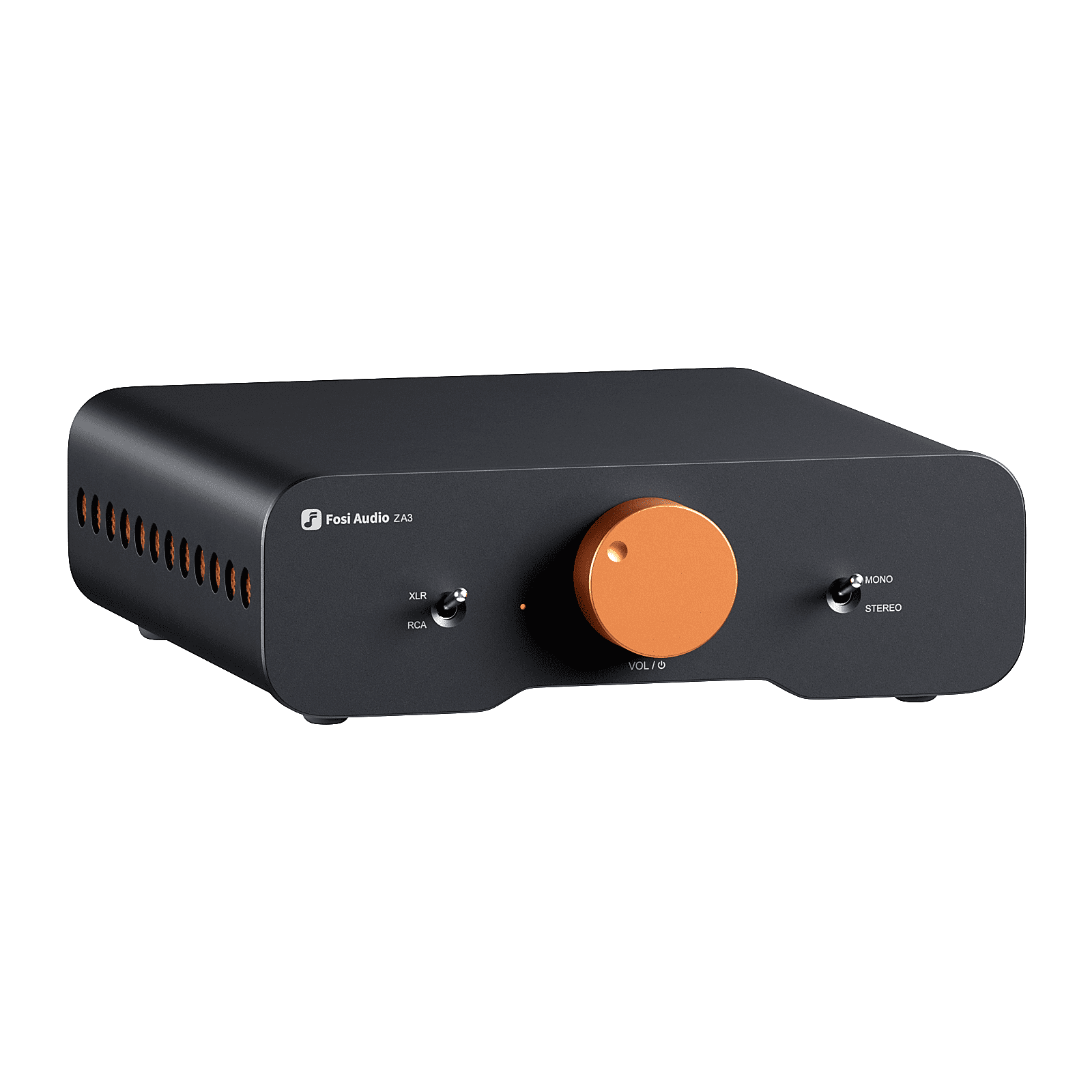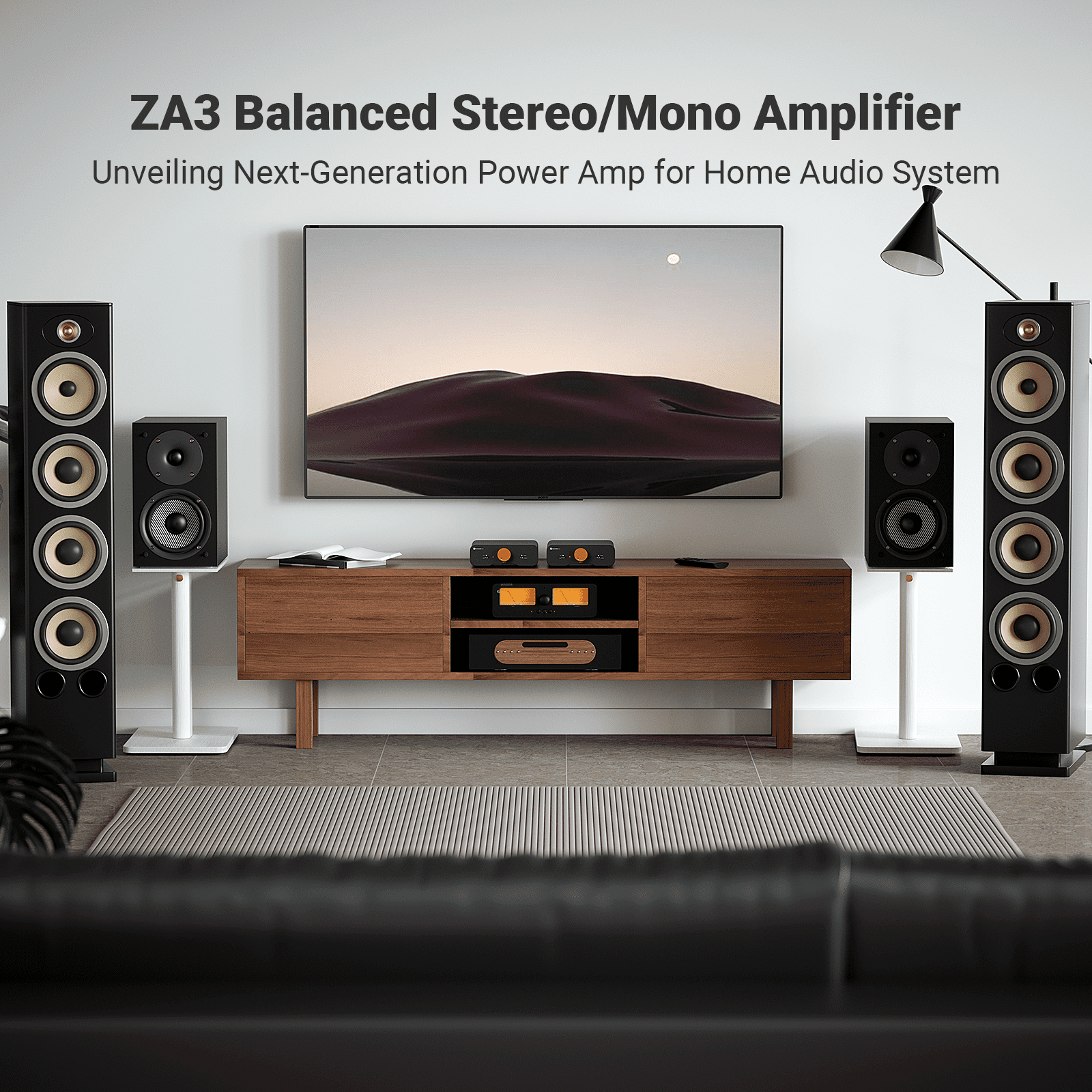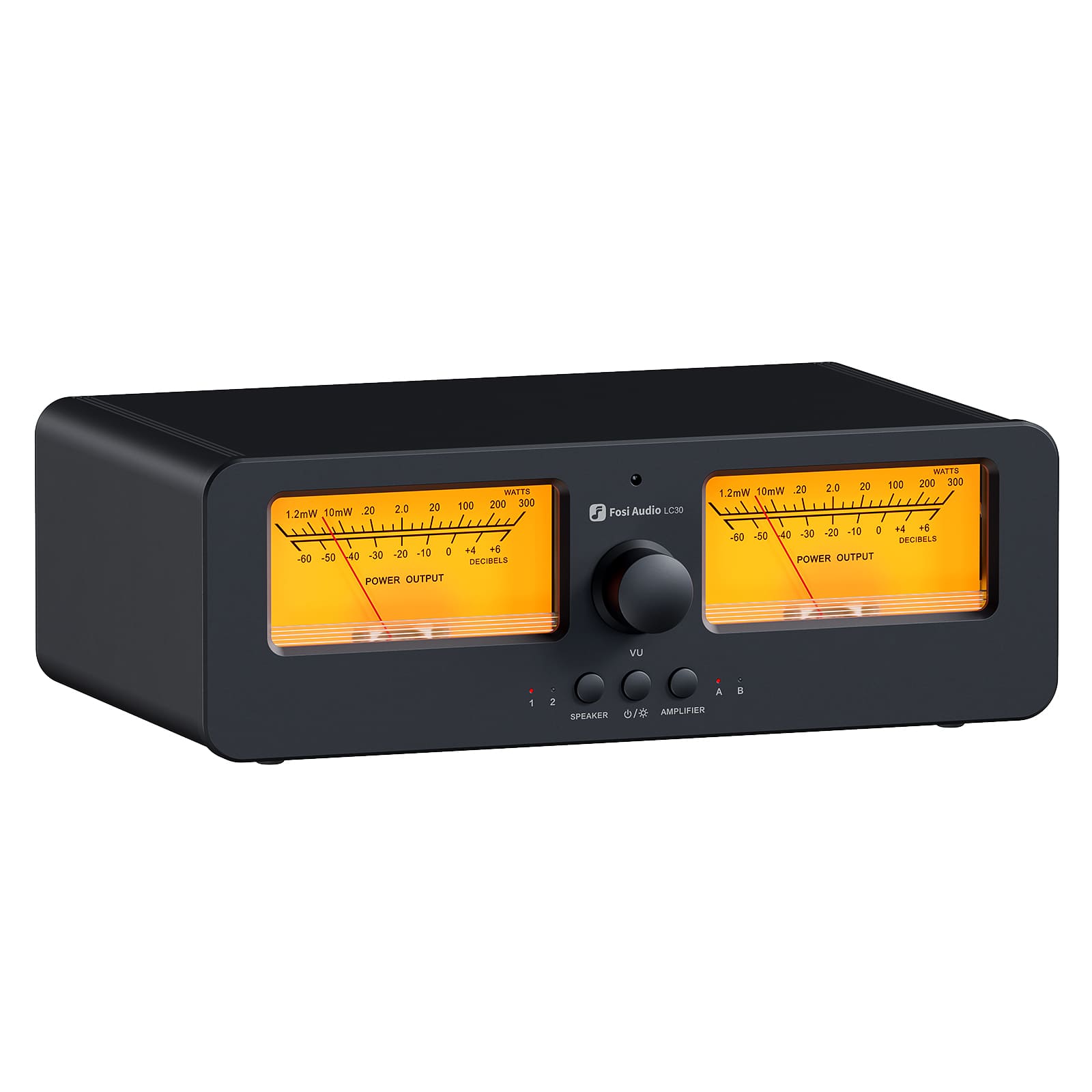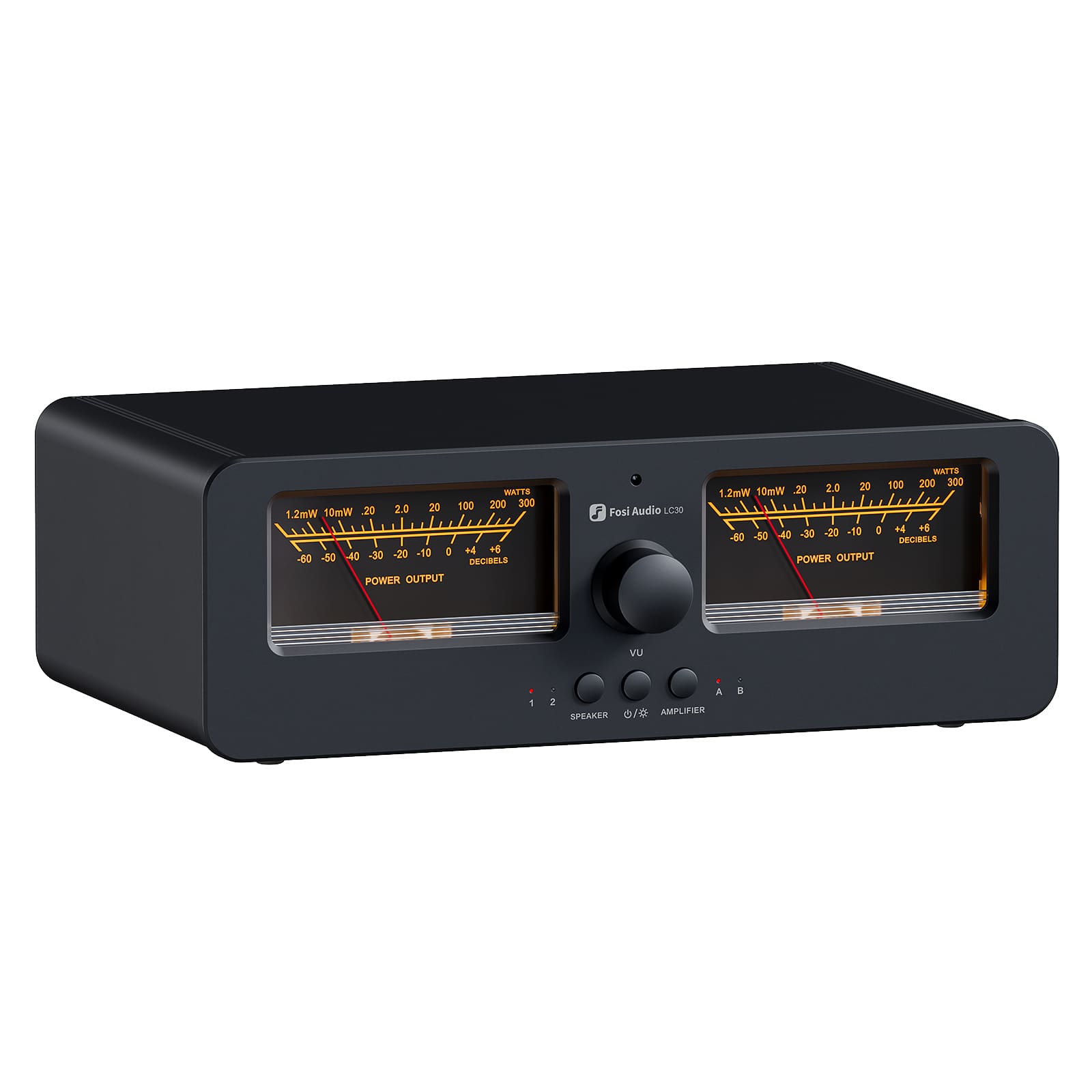
PREMIUM 24-BIT DAC
Fosi Audio USB DAC Headphone Amp Combo

ADVANCE YOUR LISTENING

K5 PRO - BORN FOR GAMING
COMPATIBLE WITH ANYTHING


Title
Title
Title
Title
Title
Title
Title
Title
Title
Title
Frequently asked questions






